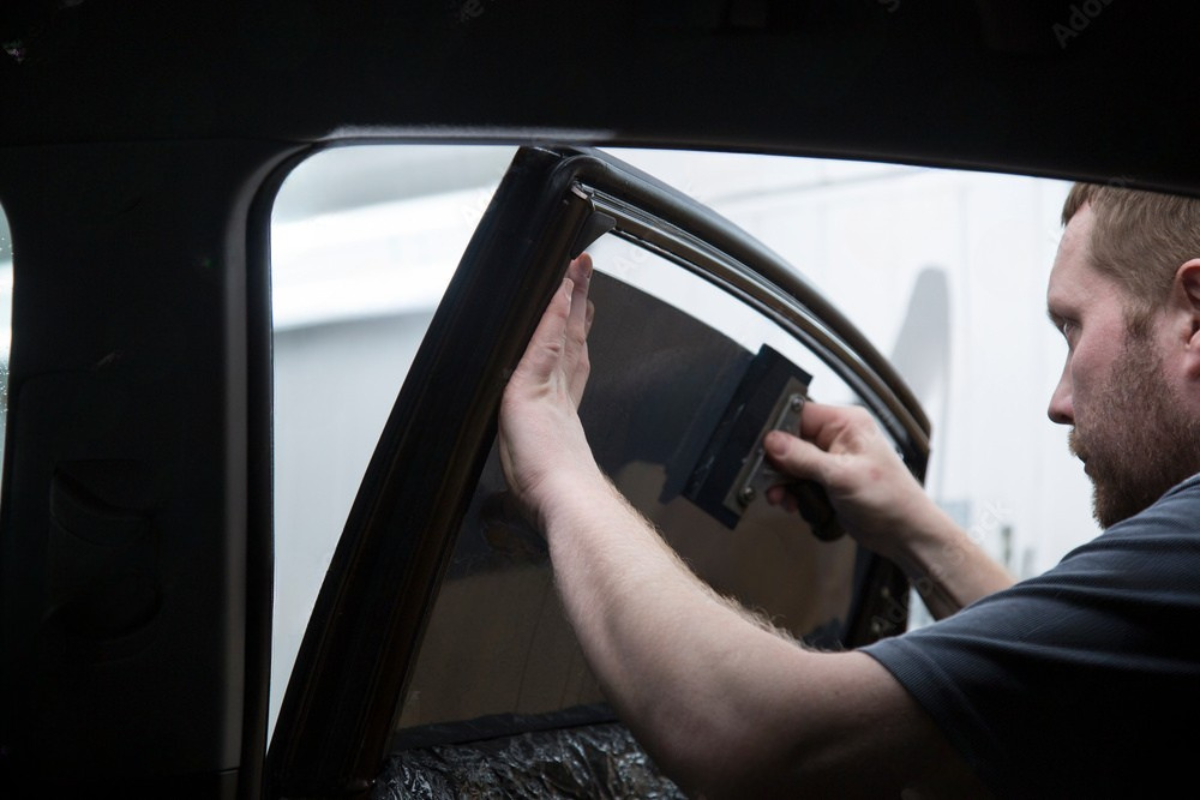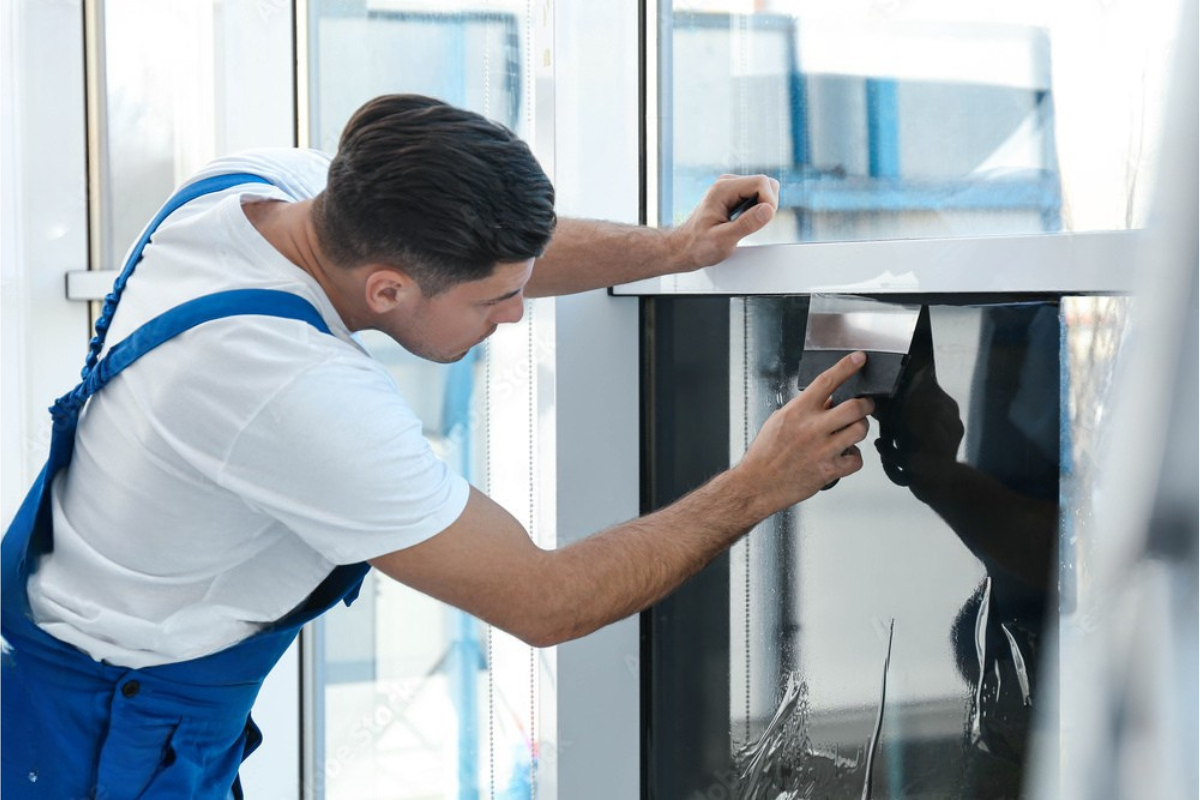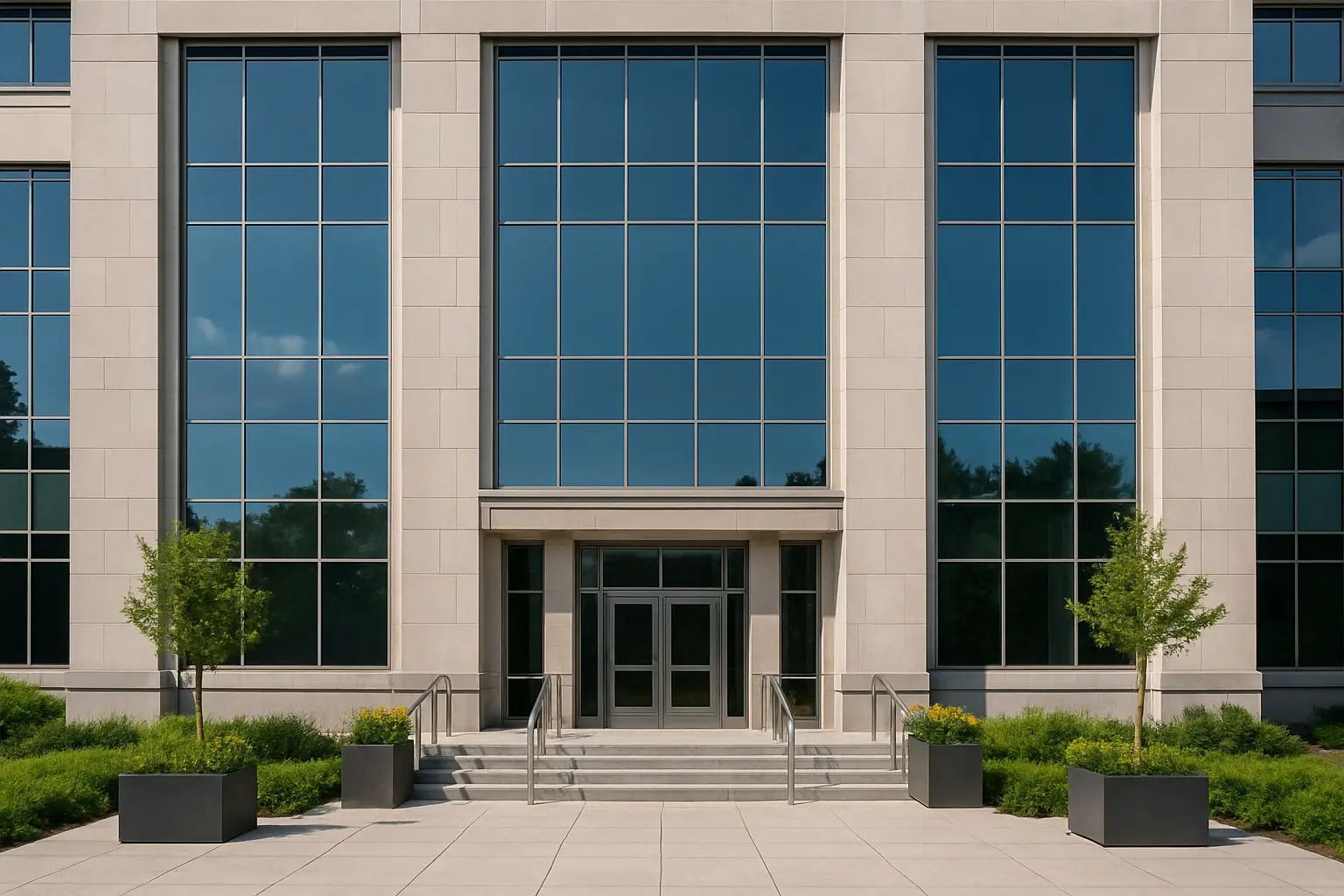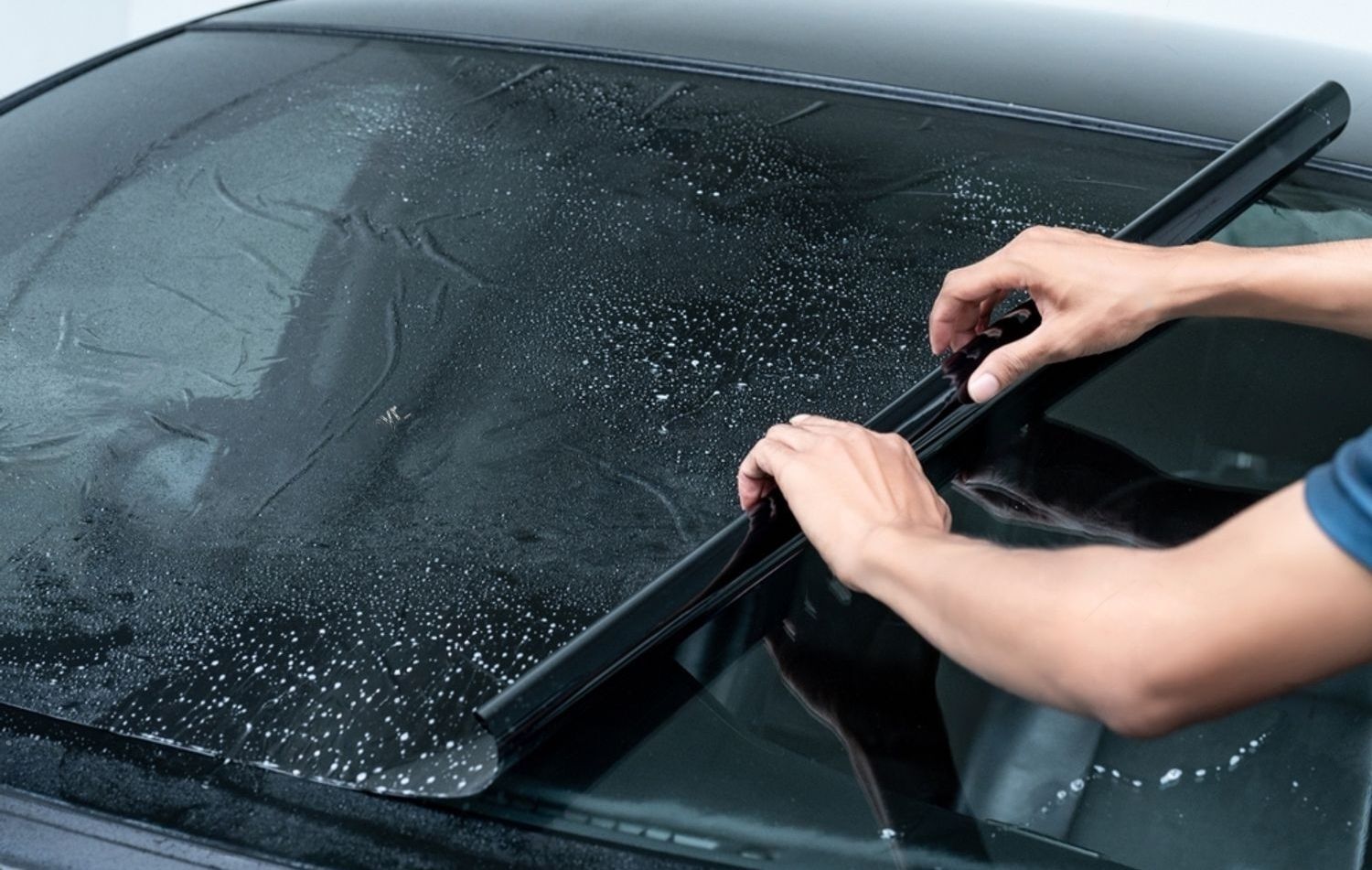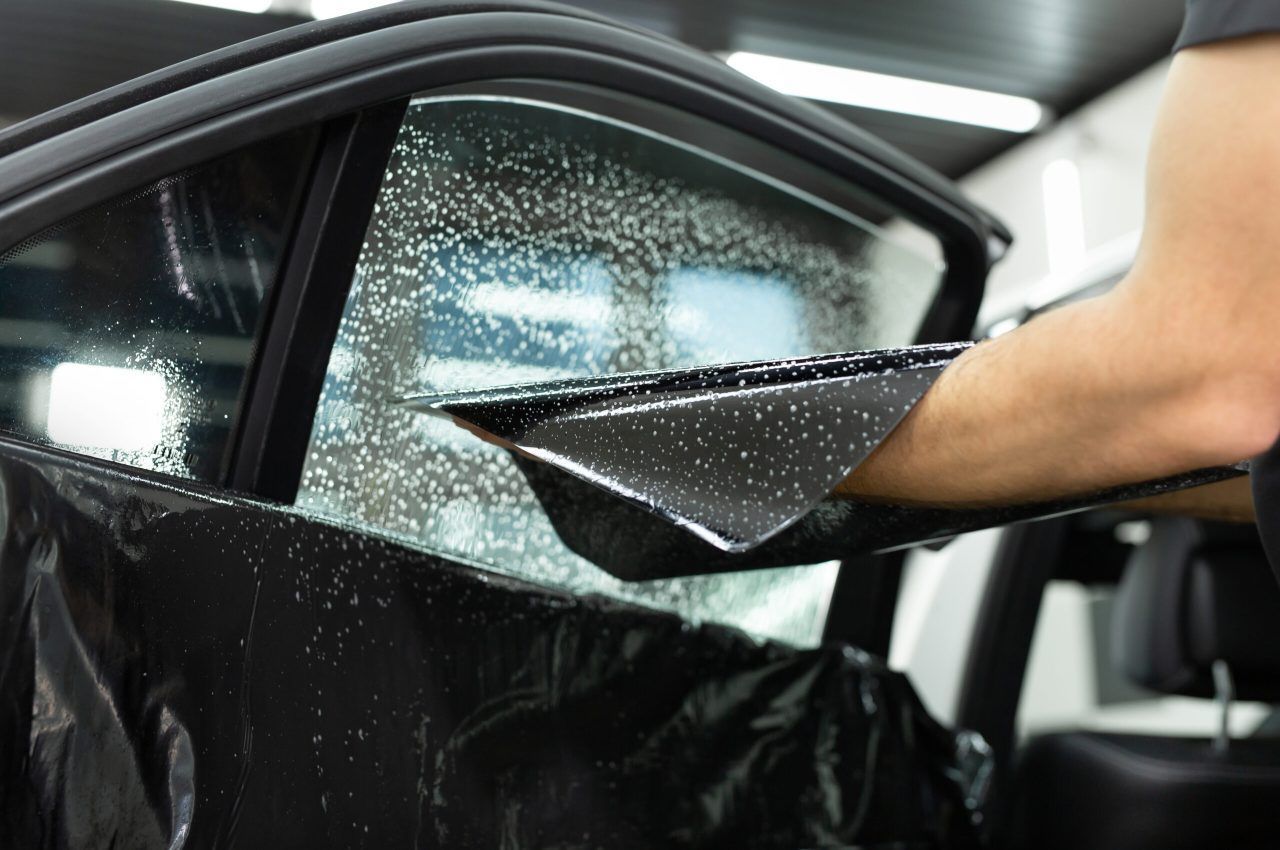Window Film vs. Tinted Glass: Which Offers Better Privacy and UV Protection?
When it comes to enhancing privacy and blocking out harmful ultraviolet (UV) rays, the debate often boils down to two main contenders: window film vs. tinted glass. Each has its own set of strengths and weaknesses, and knowing which one suits your specific needs can save you money, improve comfort, and even protect your health.
In this guide, we’ll dive into a comprehensive comparison that covers everything from installation ease to aesthetic flexibility. Whether you’re upgrading a home, office, or vehicle, this guide will help you make the right decision.
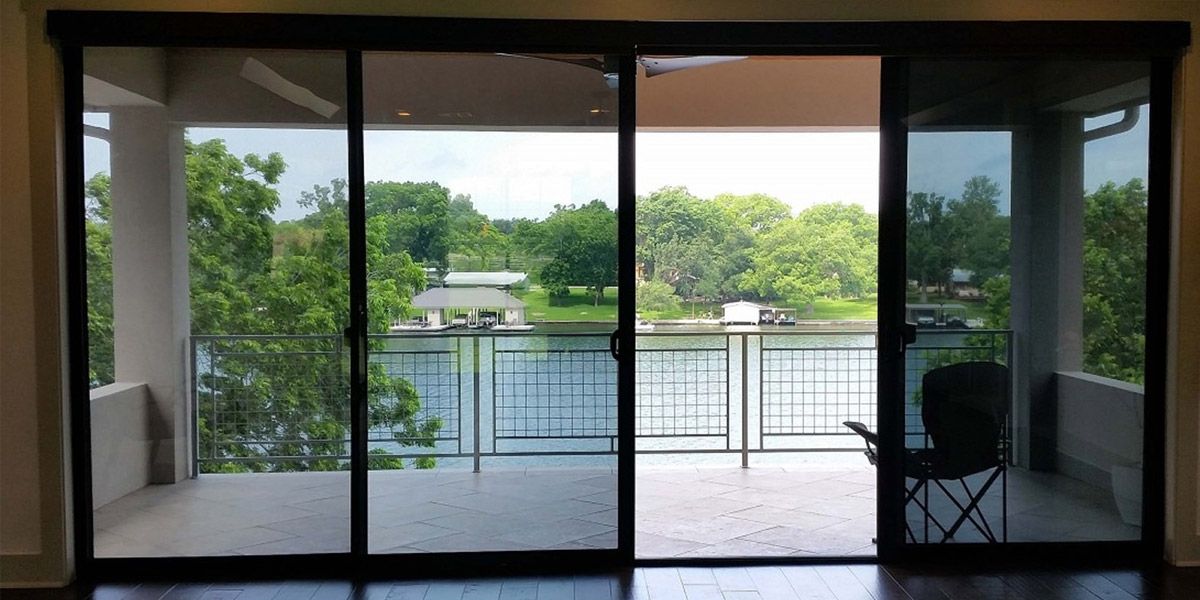
Understanding the Basics of Window Film
Window film is a thin laminate that can be applied to the interior or exterior surface of glass windows. Typically made of polyester, these films are known for their ability to block UV rays, reduce heat, and enhance privacy.
There are multiple types available:
- Solar control films (designed to reduce UV and heat)
- Decorative films (for aesthetic or privacy purposes)
- Security films (to strengthen glass)
One major advantage is the ability to retrofit existing glass, avoiding expensive window replacements. Additionally, installation is often quicker and more cost-effective than full window tinting.
What Exactly Is Tinted Glass?
Tinted glass, on the other hand, is produced by adding metal oxides during the manufacturing process, giving it a permanent color or coating. It's popular in commercial buildings and vehicles because of its built-in UV and glare-reducing properties.
However, unlike window film, tinted glass typically requires complete window replacement if changes or upgrades are needed later. This makes it a more permanent – and sometimes costly – solution.
Key Functional Differences Between the Two
While both options aim to improve privacy and protect from sunlight, they achieve it differently:
Feature Window Film Tinted Glass
Installation Retrofit, easy Requires replacement
UV Protection Up to 99% 80–85% average
Privacy Control Adjustable (mirror, frosted, dark, etc.) Limited by manufacturing
Cost Affordable More expensive upfront
Customization Highly flexible Low customization
Maintenance Replaceable Permanent
Clearly, if flexibility and affordability are your priorities, window film has the edge.
How Window Film Enhances Home Privacy
Window film acts like a one-way mirror during daylight, allowing light in while obstructing outside views. This makes it ideal for street-facing windows, bathrooms, or home offices.
More advanced films, such as frosted or blackout, offer total privacy – even at night when interior lights are on.
Tinted Glass and Its Role in Privacy
Tinted glass offers modest privacy during the day but fails to block interior visibility at night unless paired with curtains or blinds. It is best suited for spaces where full nighttime privacy isn’t necessary.
Comparing Privacy Levels in Daylight and Nighttime
The time of day plays a huge role:
- Daytime: Both options work well.
- Nighttime: Window film outperforms, unless combined with shades or blinds.
Hence, for 24/7 privacy, films like blackout or mirror-finish are superior.
Frosted Films vs. Tinted Glass: A Visibility Battle
Frosted films allow light to pass while diffusing it, preventing direct visibility. This is perfect for bathrooms, entryways, or conference rooms. Tinted glass doesn’t offer this level of diffused privacy without sacrificing natural light.
UV Ray Blocking: Window Film's Superpower
UV protection is crucial not only for skin health but also to prevent fading of furniture, floors, and artwork. High-quality window films block up to 99% of UV rays, outperforming most tinted glass variants.
How Tinted Glass Handles UV Radiation
Although tinted glass also blocks UV rays, its efficiency often maxes out at 80–85%. Over time, its effectiveness may degrade, especially without maintenance or in extreme sun exposure conditions.
The Science Behind UV Reduction
UV radiation falls within the UVA and UVB spectrum. Window films target both effectively using metalized or ceramic layers that absorb or reflect these rays. Tinted glass generally filters only some of the spectrum unless specially coated.
SPF Rating: Not Just for Sunscreen
Some window films are rated with Sun Protection Factors (SPF) exceeding 200. That’s like applying ultra sunscreen to your windows, reducing your risk of sun damage indoors.
Heat Rejection and Insulation: Who Wins?
When it comes to thermal insulation, window film typically reflects infrared heat, helping keep interiors cooler in summer and warmer in winter. This leads to:
- Lower HVAC use
- Improved comfort
- Consistent indoor temperature
Seasonal Comfort with Window Film
Window films adapt to different seasons better, especially dual-reflective films that offer daytime privacy without compromising nighttime visibility.
Energy Bills: The Hidden Cost Saver
According to the U.S. Department of Energy, around 30% of energy used for heating and cooling is lost through windows. Window films significantly reduce this loss, often resulting in energy savings of 10-30%.
Ease of Installation: DIY or Professional Help?
Window film is typically installed in a few hours. While DIY kits are available, hiring a professional service like Window Tinting Service ensures perfect alignment, no bubbles, and longer life.
Tinted glass, in contrast, demands complete removal of existing panes and professional installation – a time-consuming and costly process.
Longevity and Durability Factors
Most window films last 10–15 years, with warranties to back them. Tinted glass lasts as long as the window itself but can't be altered without complete replacement.
Cleaning Differences: What’s Easier to Maintain?
Window film requires a gentle touch – no abrasive cleaners or sharp objects. Tinted glass is more durable during cleaning but cannot be replaced if scratched or damaged.
Replacement Cost and Process
Should you need to upgrade or replace, window film can be peeled and re-applied easily. Tinted glass replacement is a major renovation project.
Customization Options with Window Films
From etched looks to stained-glass effects, films offer a palette of visual styles and branding opportunities. They’re also ideal for storefronts and creative interiors.
Architectural Design Limitations with Tinted Glass
Because it must be manufactured, tinted glass limits post-installation creativity. Any new design requires glass replacement.
Decorative Benefits of Each Option
Want a frosted look without sacrificing light? Go with decorative film. Need a sleek, uniform building facade? Tinted glass may be your answer.
Eco-Friendliness and Sustainability
Window films improve energy efficiency, helping reduce carbon footprints. Some are also fully recyclable, adding to their green appeal.
Recyclability of Window Films vs. Tinted Glass
While some window films are recyclable, tinted glass is often difficult to repurpose due to added chemicals and coatings.
Upfront Investment and Long-Term Value
Aspect Window FilmTinted Glass
Initial Cost Low to moderateHigh
ROI Timeline 2–3 years5–7 years
MaintenanceMinimalComplex
ROI Analysis: Window Film vs. Tinted Glass
With lower installation costs and better thermal performance, window film often delivers a faster return on investment, especially in climates with high sun exposure.
Residential Applications: Which Is Better?
For homeowners, window film provides an affordable upgrade without messy construction. It’s perfect for:
- Bedrooms
- Bathrooms
- Living areas
Commercial Spaces: Privacy and Style Considerations
Modern offices demand flexibility. Window films offer branding opportunities, flexible privacy, and easy removal. Tinted glass is better for permanent design concepts.
Automotive Usage: Window Film or Factory Tint?
Factory tint is limited to aesthetics. Aftermarket window film offers superior UV and heat rejection, especially for front side windows, which often come clear from the manufacturer.
Choosing the Right Option Based on Your Goals
Ask yourself:
- Do I need nighttime privacy?
- Am I renting or owning?
- Do I want design flexibility?
If yes, window film wins.
Common Mistakes to Avoid When Selecting Privacy Solutions
- Overlooking nighttime visibility
- Choosing low-quality film
- Ignoring local tinting laws for cars
When to Call the Pros: Window Tinting Service
Professional installation ensures longevity, effectiveness, and compliance. Always consult experts before choosing.
FAQs
Can window film be removed easily?
Yes. Most films are designed for easy removal without damaging the glass.
Does tinted glass darken rooms too much?
It can. Unlike window film, you can't adjust the level after installation.
Is window film safe for double-pane windows?
Yes – if installed correctly with compatible materials.
How long does window film last?
Up to 15 years with proper care and professional installation.
Which is cheaper: window film or tinted glass?
Window film is significantly more affordable, especially for large projects.
Can I install window film on the outside of windows?
Some films are designed for exterior use – always check product specs.
Final Verdict: Which One Should You Choose?
If you're looking for a flexible, affordable, and high-performing solution for UV protection and privacy, window film stands out. While tinted glass offers permanence and aesthetics, its limited customization and higher cost make it less versatile.
Links:
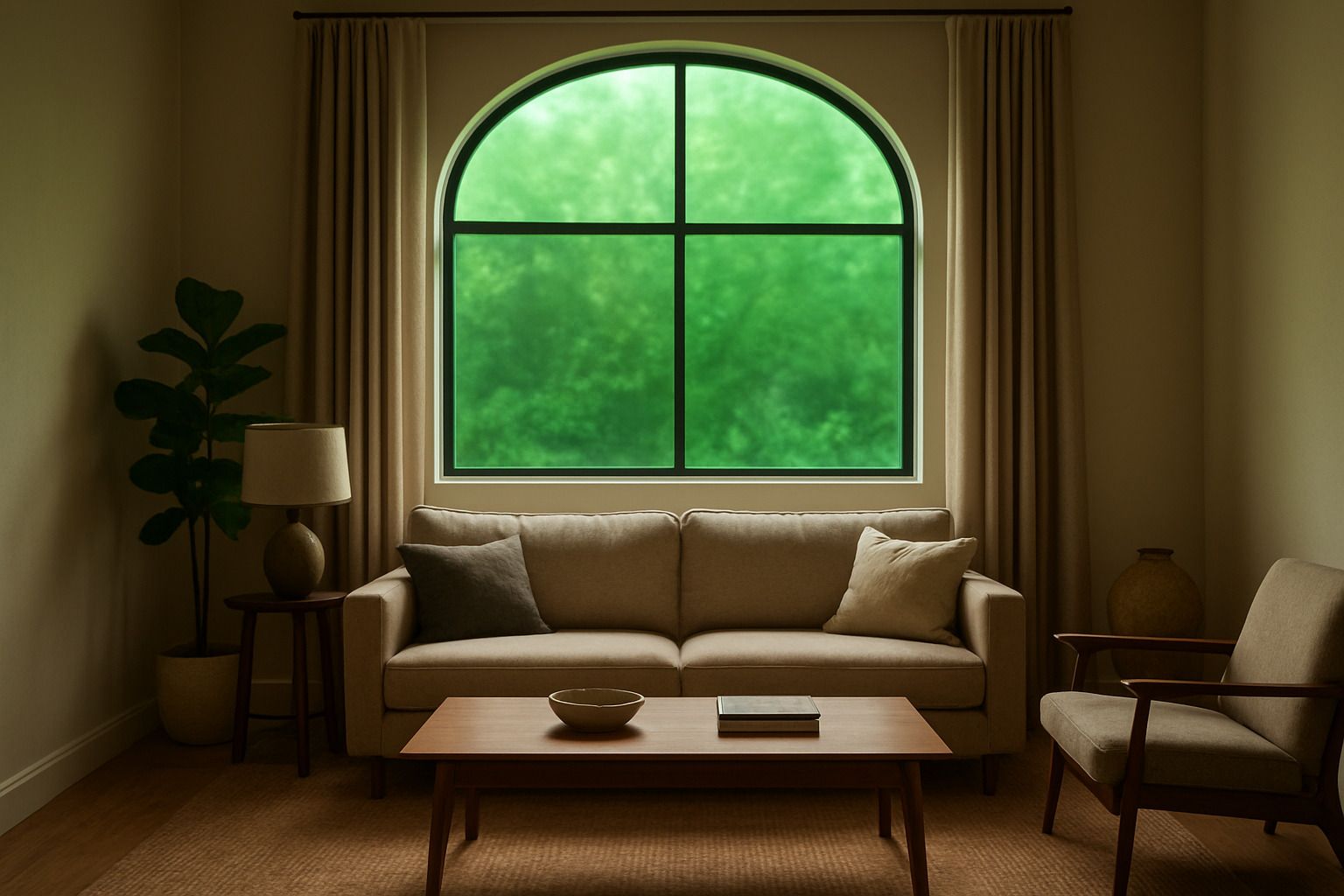
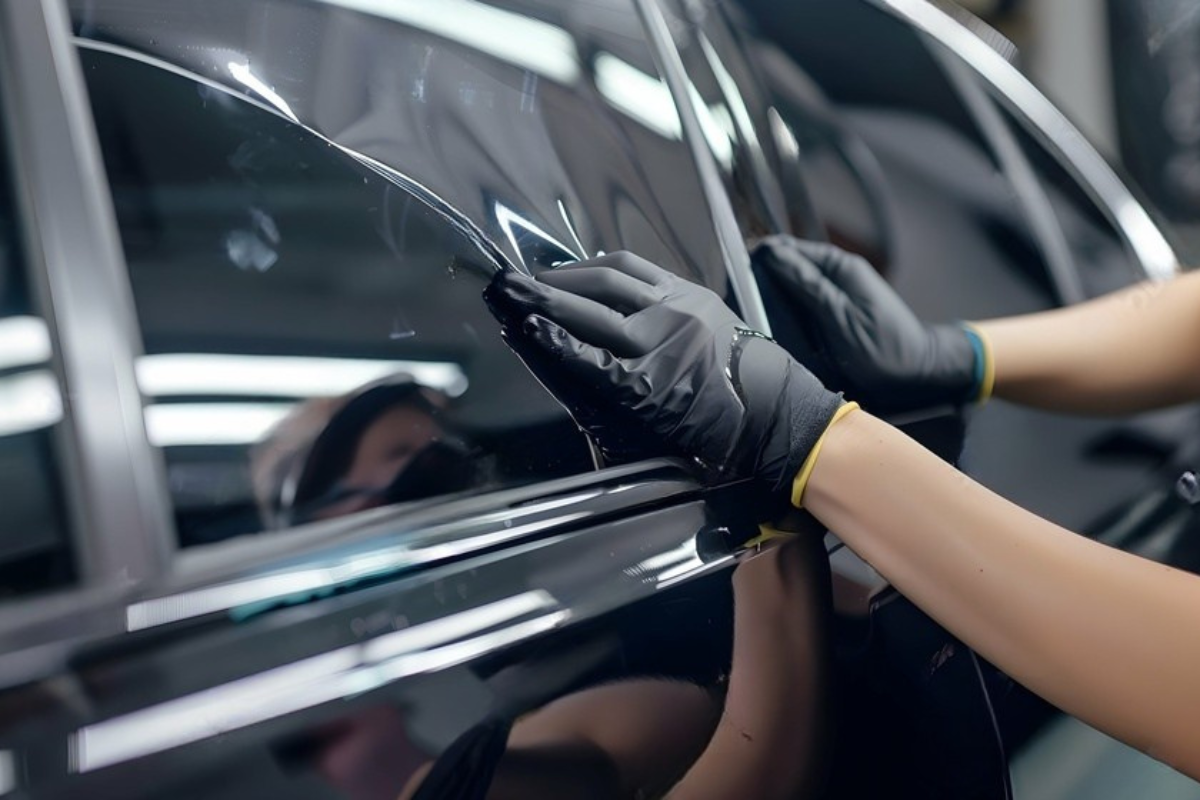
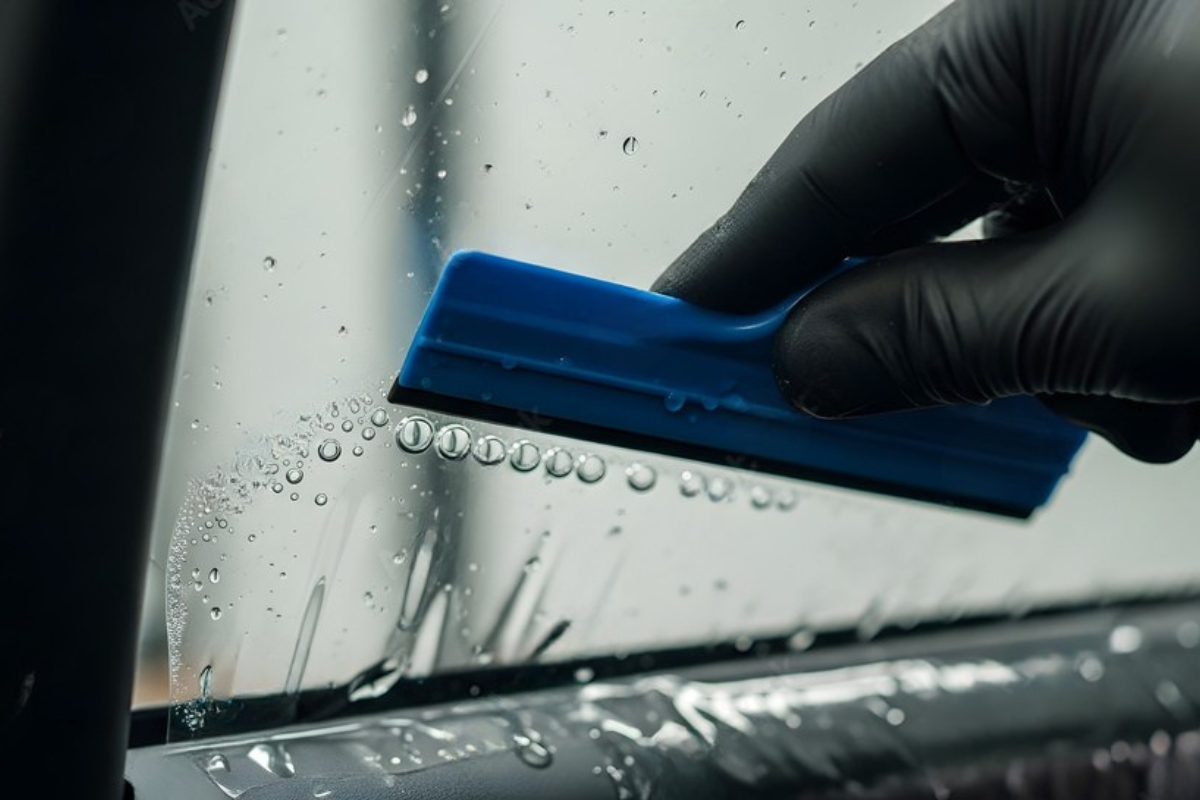
Real Results, Real Durability: Why Cudahy Drivers Trust Tint Integrity for Long-Lasting Window Films
